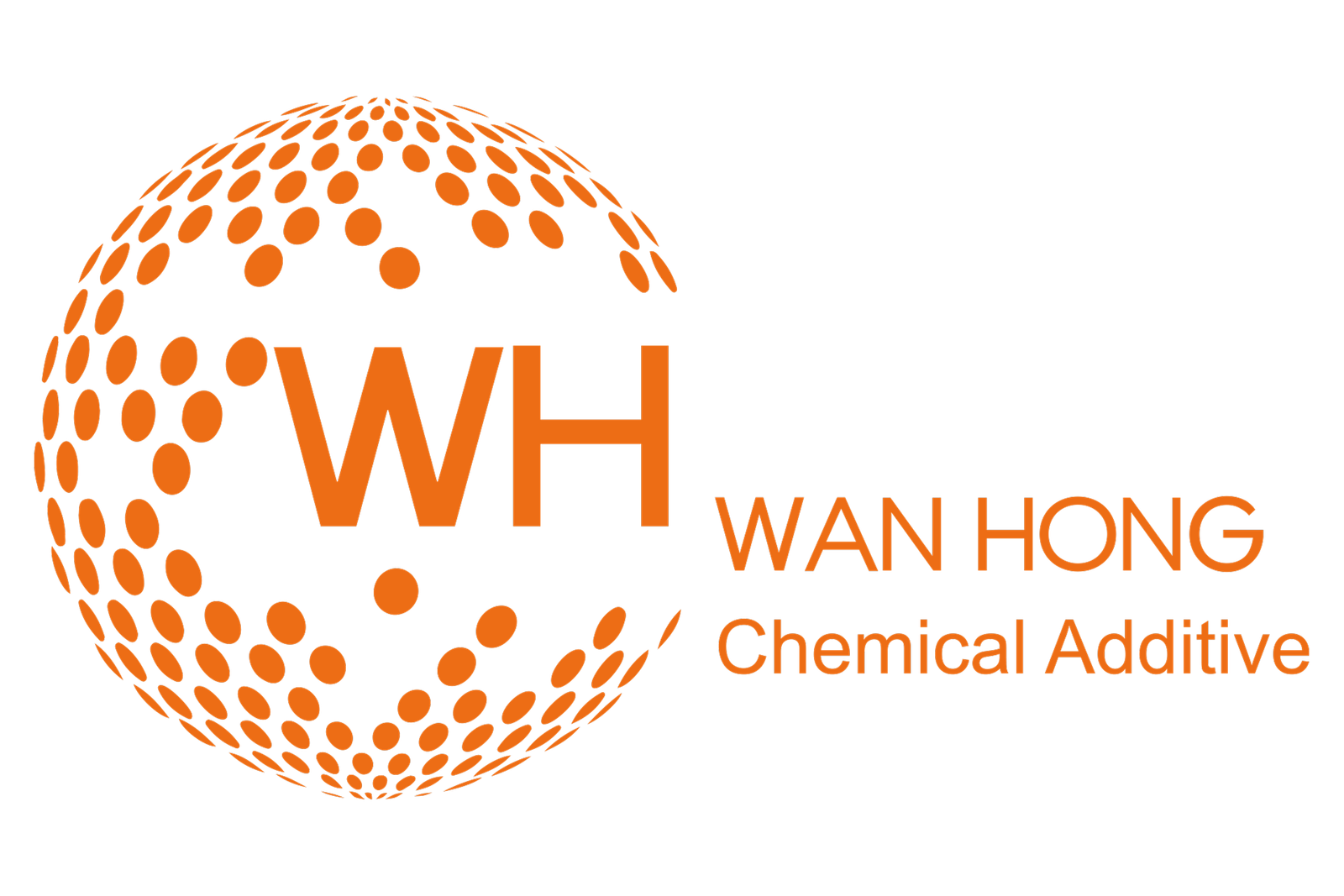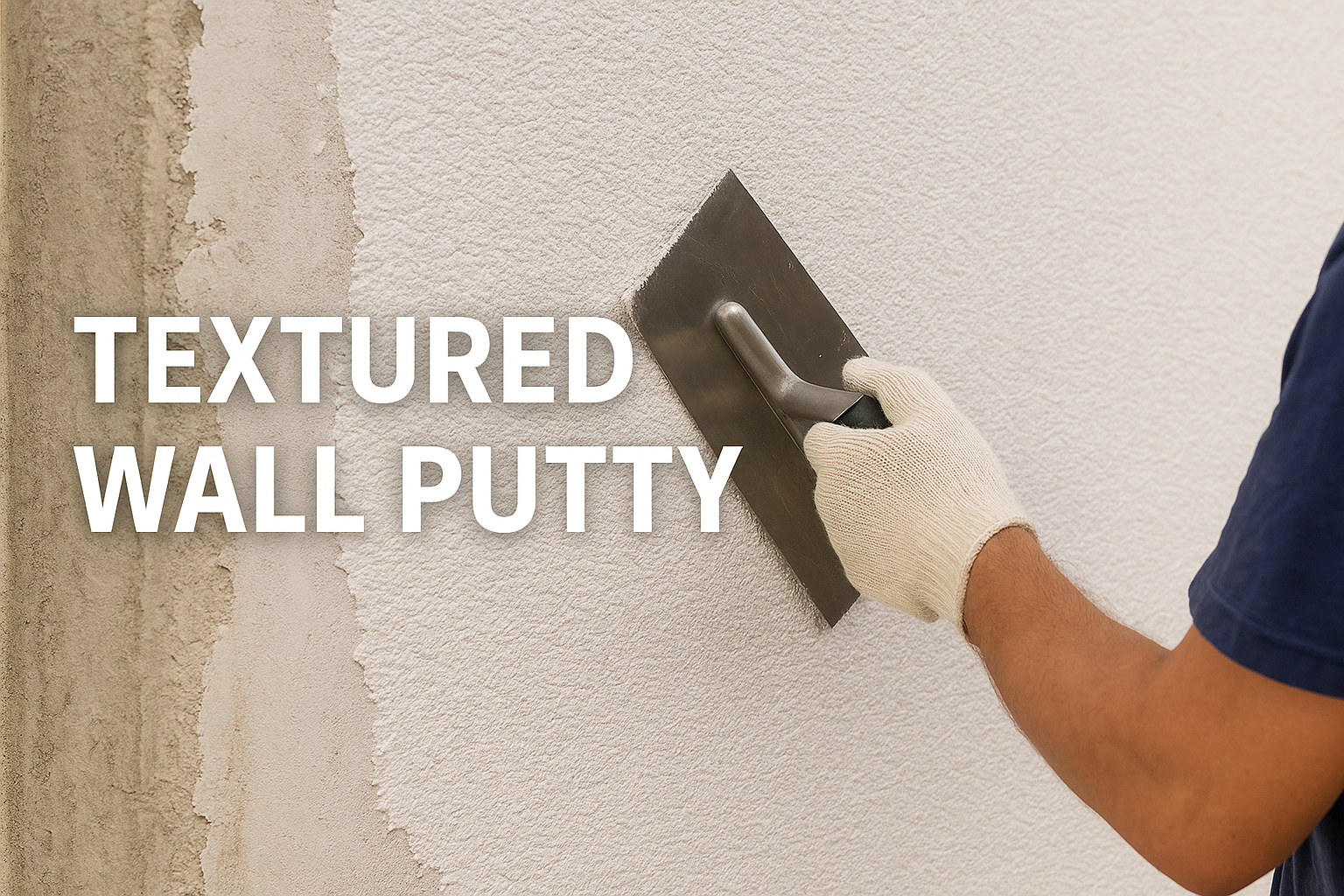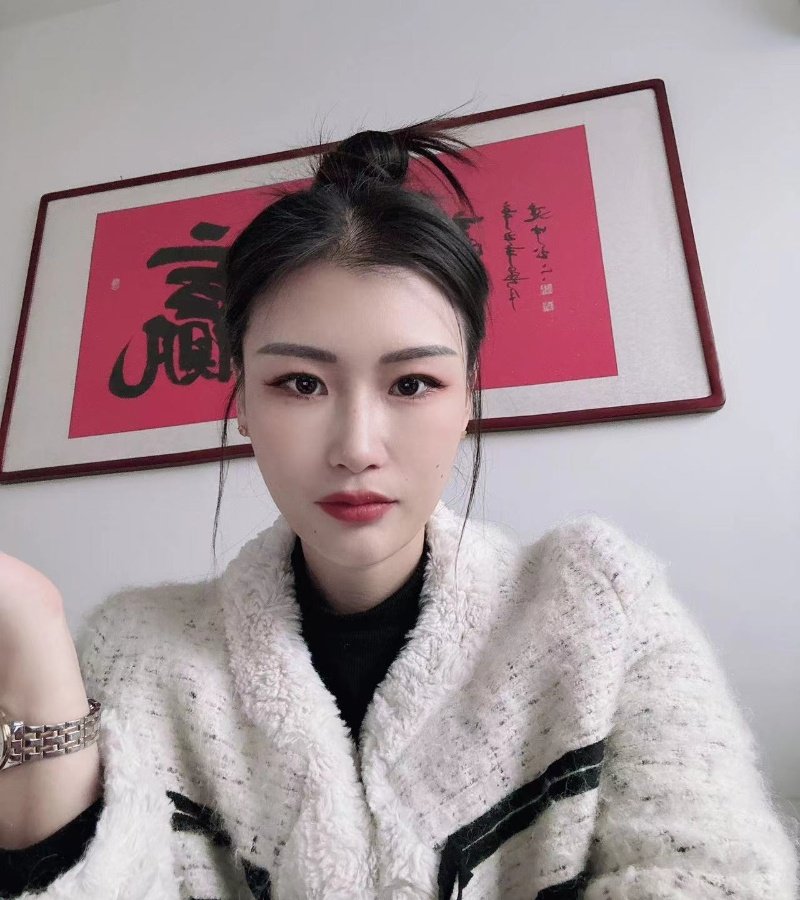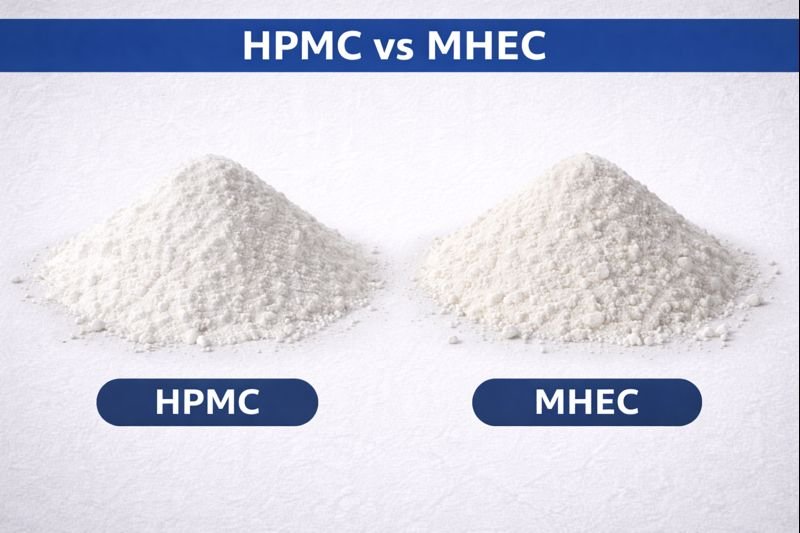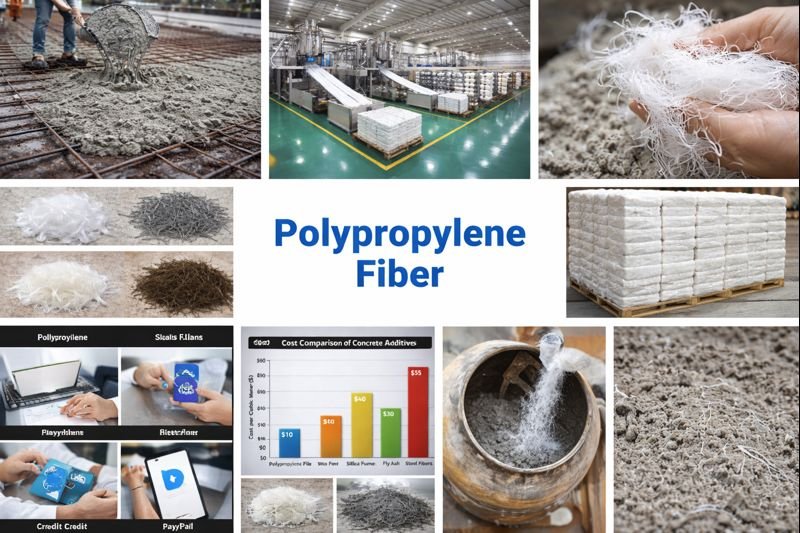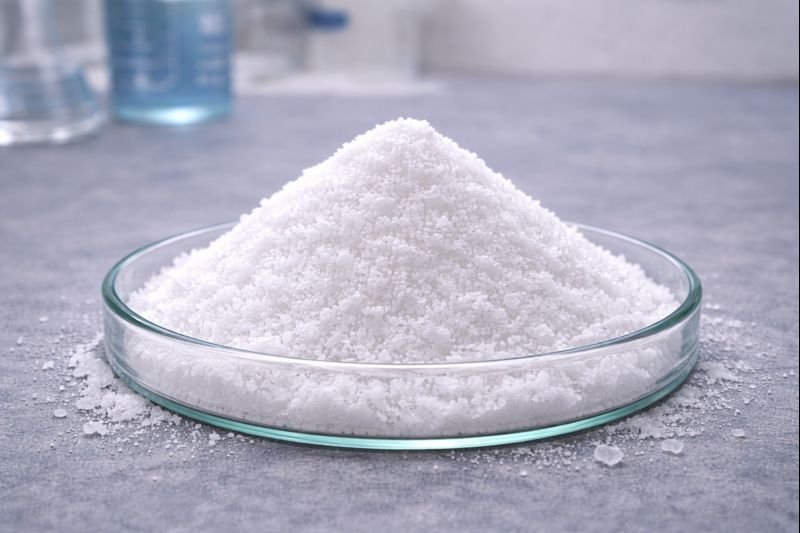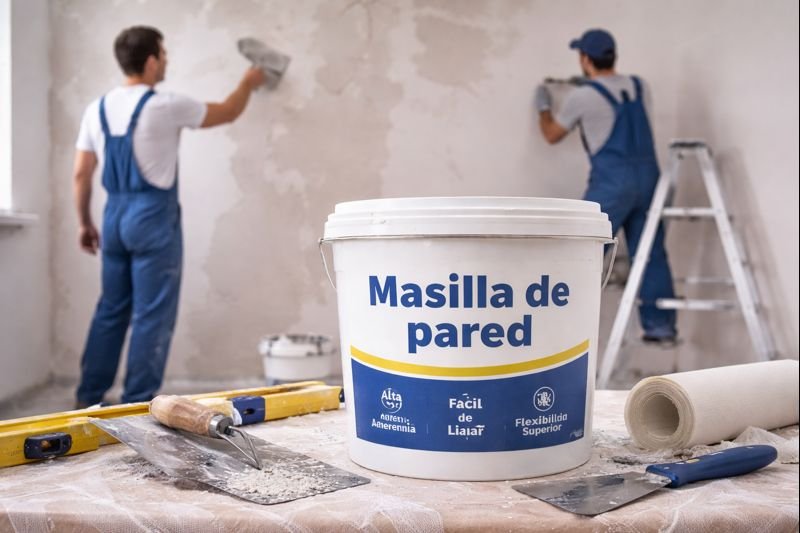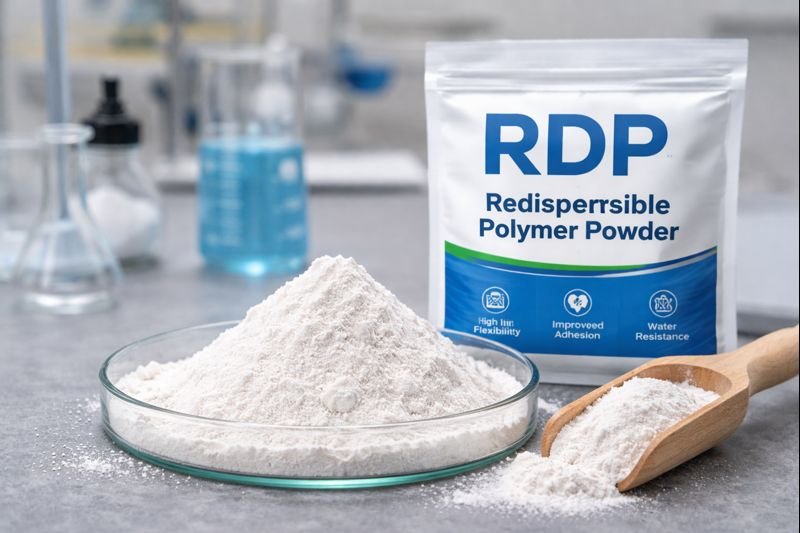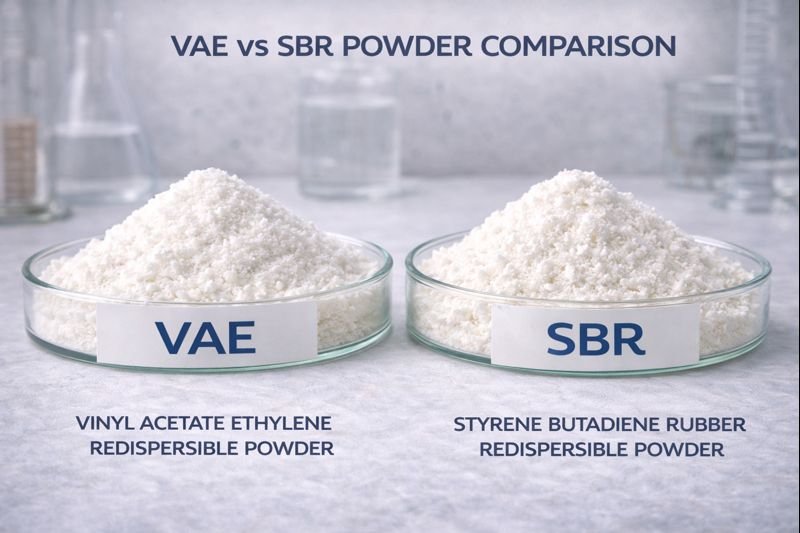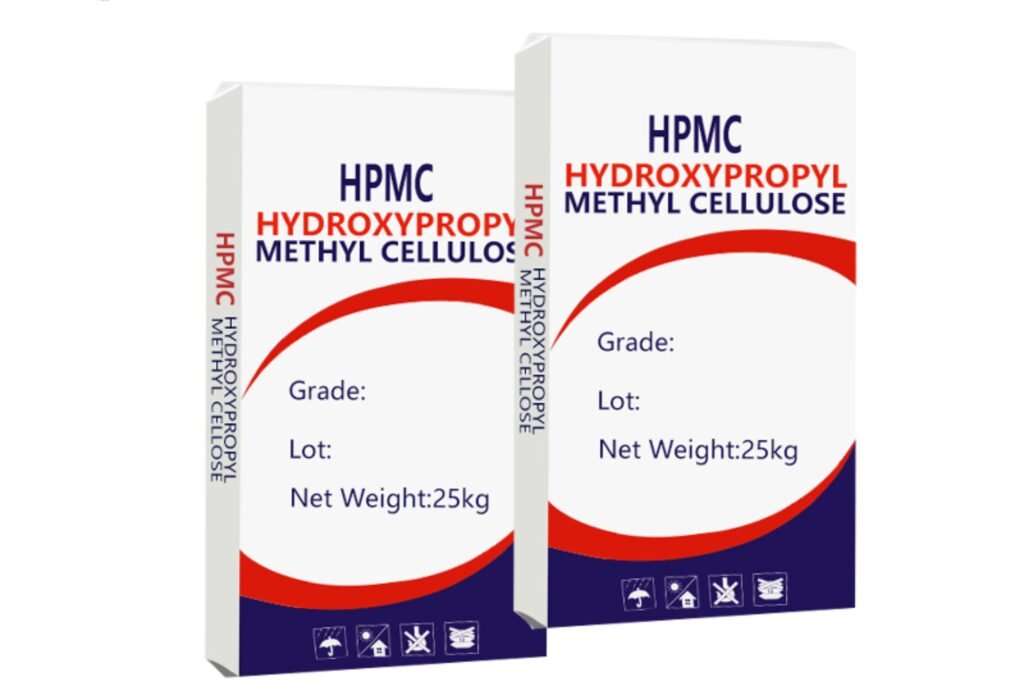Tired of plain, boring exterior walls that crack and peel after just one season? Textured wall putty1 offers a durable, attractive solution that stands up to harsh weather while adding visual appeal to your property.
Textured wall putty1 is a specialized coating made from cement, polymers, and aggregates that creates decorative, weather-resistant finishes on exterior walls. It provides texture, conceals imperfections, and enhances durability while offering better water resistance and aesthetic appeal than standard putties.
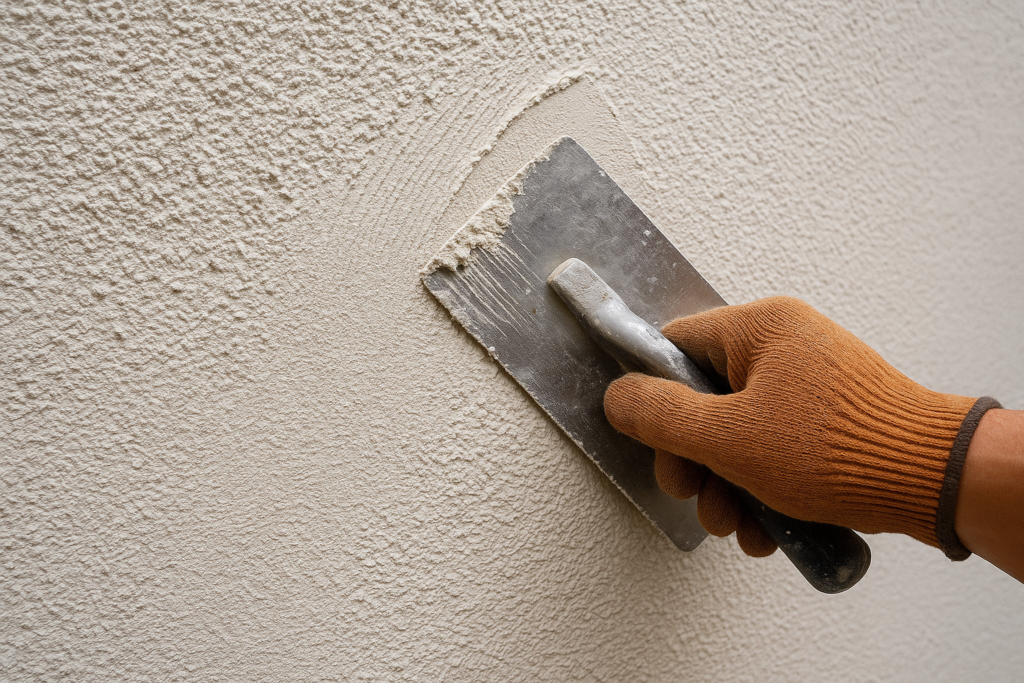
At Kehao, we've seen countless buildings transformed from ordinary to extraordinary with the right textured wall putty. The difference is immediate and lasting. Let me show you why this product is essential for anyone serious about exterior wall finishing.
What is Textured Wall Putty and Why Should You Use It?
Pain point: Regular wall finishes often can't handle weather extremes, leaving your building looking weathered and damaged after just one season. Repairs become an endless cycle.
Textured wall putty is a specialized exterior wall coating that combines cement, polymers, and aggregates to create decorative, weather-resistant finishes. It provides texture patterns while protecting walls from moisture, UV damage, and temperature fluctuations, extending the life of your exterior surfaces.
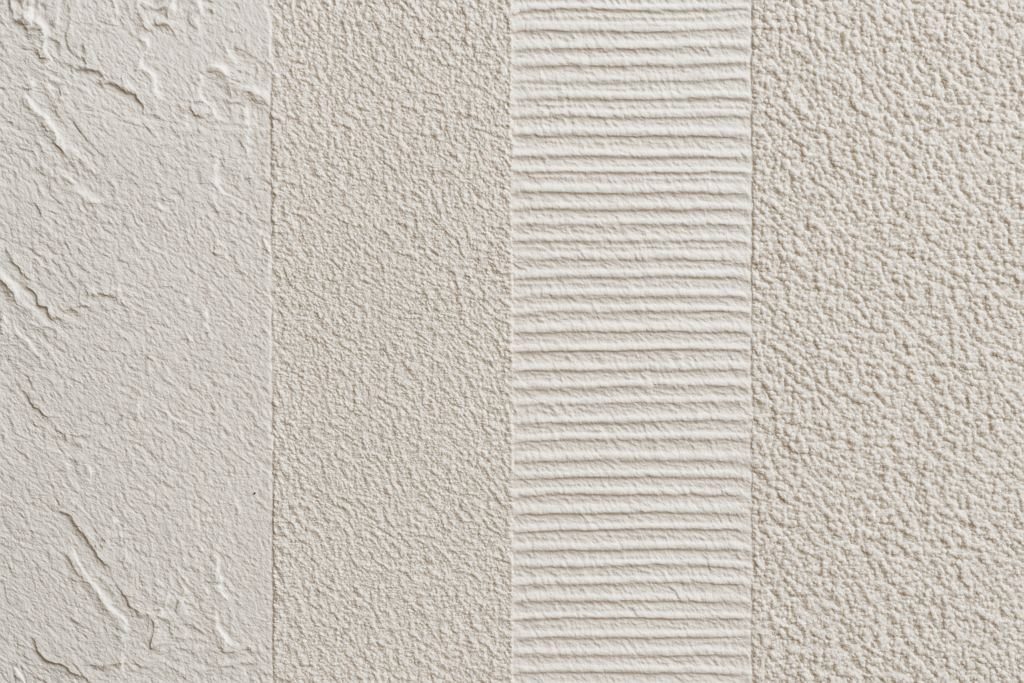
Textured wall putty has revolutionized how we approach exterior wall finishing in harsh climates. I remember visiting a client's facility in Saudi Arabia where the regular paint would blister and peel within months due to the extreme heat and occasional sandstorms. After switching to a properly formulated textured putty system, their maintenance costs dropped by nearly 40% over three years.
The key advantage lies in the composition. Unlike standard putties that focus mainly on smoothness, textured varieties incorporate specially graded aggregates that create distinctive patterns while improving durability. These aggregates work together with cellulose derivatives like HPMC2 (Hydroxypropyl Methylcellulose) to form a matrix that resists cracking even with building movement.
Most textured putties also include specialized polymers like redispersible latex powder3 that create flexibility in the dried film, allowing the coating to expand and contract with temperature changes without losing adhesion. This is particularly important for exterior applications where the wall surface can experience temperature variations of 40°C or more between day and night in certain regions.
Key Components of Textured Wall Putty
| Component | Function | Benefit |
|---|---|---|
| Cement | Base material | Durability and adhesion |
| HPMC | Water retention | Consistent curing and workability |
| Redispersible Powder | Flexibility and adhesion | Prevents cracking and peeling |
| Graded Aggregates | Creates texture | Visual appeal and surface strength |
| Pigments | Color stability | UV resistance and aesthetic options |
What Does Textured Wall Putty Do for Your Building?
Problem: Standard wall coatings often create a monotonous appearance and fail to hide surface imperfections, making your building look poorly constructed and maintained.
Textured wall putty creates distinctive visual patterns on exterior walls while concealing minor surface imperfections. It provides impact resistance, decorative appeal, and can be applied in various patterns like stipple, swirl, or knockdown finishes to match architectural styles and enhance property value.
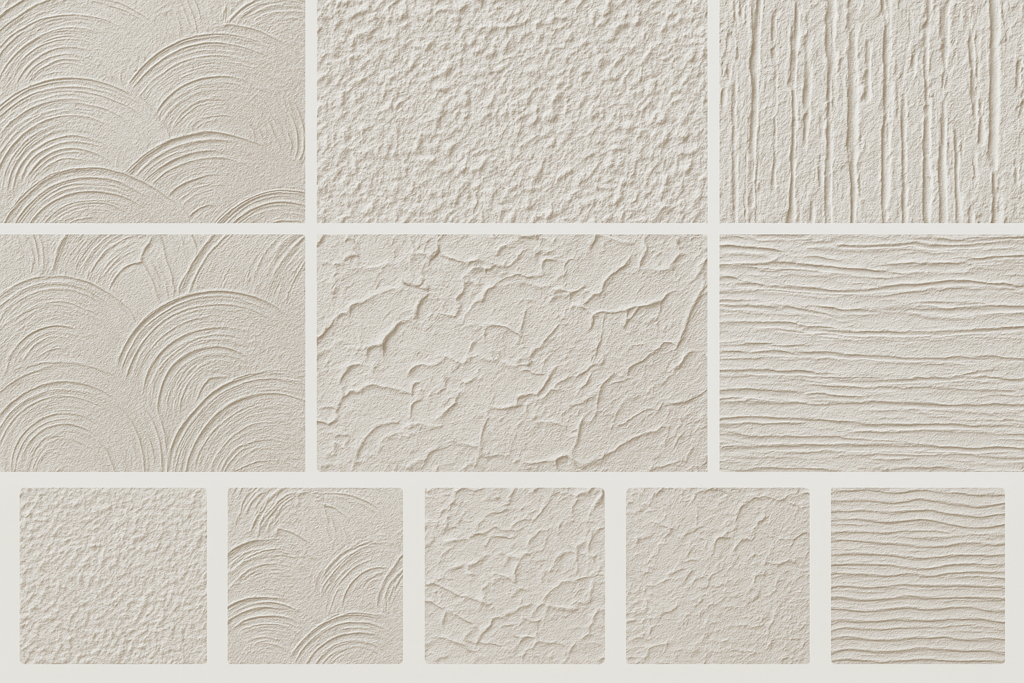
Textured wall putty transforms buildings beyond mere protection. I've witnessed entire commercial complexes in Dubai completely change their market positioning after applying architectural textured finishes that mimicked expensive stone facades at a fraction of the cost.
The functionality goes far beyond aesthetics. The textured surface creates microscopic peaks and valleys that help disperse water rather than allowing it to pool and penetrate. This significantly reduces water damage risk, especially in regions with monsoon seasons like India and Pakistan where many of our clients operate.
The texture also provides a psychological benefit that my clients often mention – minor damage becomes nearly invisible. On a smooth painted surface, a small chip or scratch stands out dramatically. With textured finishes, these imperfections blend into the intentional pattern variations, extending the time between necessary maintenance cycles by 2-3 years in most cases.
For industrial buildings, textured putties offer additional practical benefits. The thicker application and varied surface reduce noise transmission by up to 15% compared to smooth finishes, creating better working conditions inside. The texture also diffuses light rather than creating glare, which improves visibility around exterior walkways and loading areas.
How is Textured Wall Putty Different from Other Coatings?
Problem: Regular paint and standard putties fail quickly in challenging environments, wasting your money and creating ongoing maintenance headaches that interrupt business operations.
Textured wall putty1 differs from regular putty and paint by containing specialized aggregates and polymers that create distinctive textures while providing superior weather resistance. It offers significantly better crack-bridging ability, water repellency, and durability in harsh conditions than standard coatings.
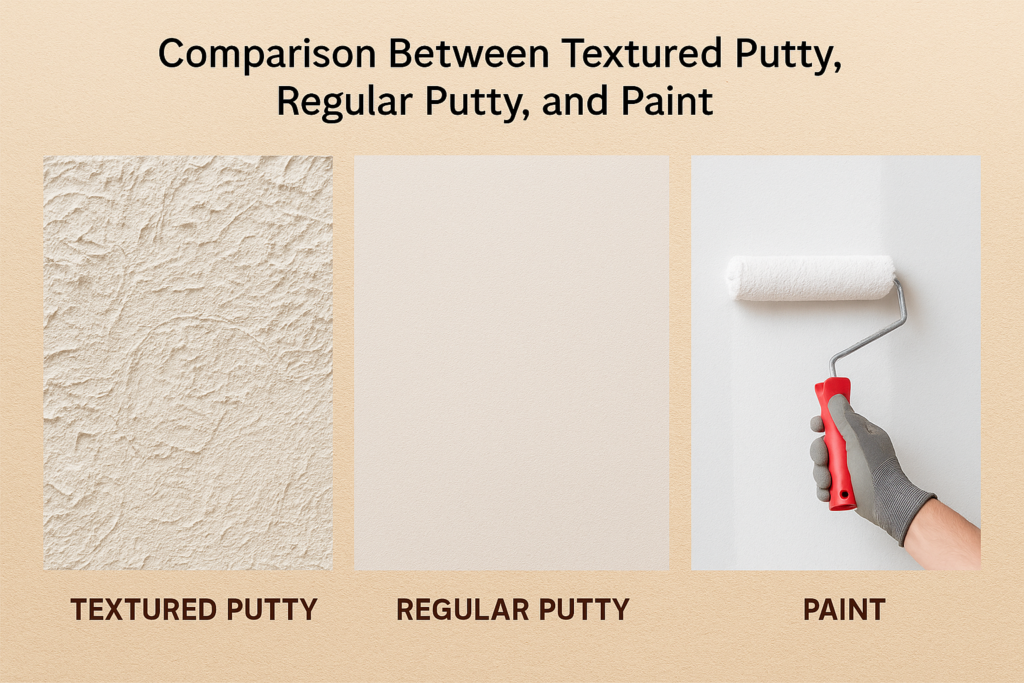
The differences between textured wall putty and standard coatings become most apparent in challenging environments. When I visited our clients in Iran last year, I observed buildings where half was finished with standard acrylic paint and half with polymer-modified textured putty. After just 18 months, the painted section showed noticeable deterioration while the textured section remained virtually unchanged.
This superiority stems from several technical advantages. First, the application thickness4 of textured putty typically ranges from 2-5mm compared to paint's 100-200 microns, providing a substantial protective layer. The incorporation of specialized water-repellent additives means textured putty typically achieves water absorption rates below 0.5% compared to 2-5% for standard putties.
The polymer modification, typically achieved through our redispersible powder products, creates chemical bonds within the coating that standard putties lack. These bonds allow textured putty to withstand over 2000 freeze-thaw cycles5 in laboratory testing, where standard products fail after just 100-200 cycles.
Comparative Performance Metrics
| Performance Metric | Textured Wall Putty | Standard Putty | Regular Paint |
|---|---|---|---|
| Service Life | 7-10 years | 3-5 years | 2-3 years |
| Water Resistance | Excellent | Moderate | Poor-Moderate |
| Crack Resistance | High | Low | Very Low |
| UV Stability | Excellent | Moderate | Varies |
| Thickness | 2-5mm | 1-2mm | 0.1-0.2mm |
| Texture Variety | Extensive | Limited | None |
Example of Textured Wall Putty Formula and Its Components?
Problem: Finding the right textured putty formula for specific environmental conditions is challenging, leading to premature failures and wasted investment in inappropriate products.
A typical textured wall putty formula includes Portland cement (40-60%), graded silica sand (20-30%), HPMC (0.2-0.5%), redispersible powder (2-5%), calcium carbonate (10-15%), pigments (1-3%), and additives (1-2%). These components work together to create durable, flexible, water-resistant coatings suitable for exterior applications.
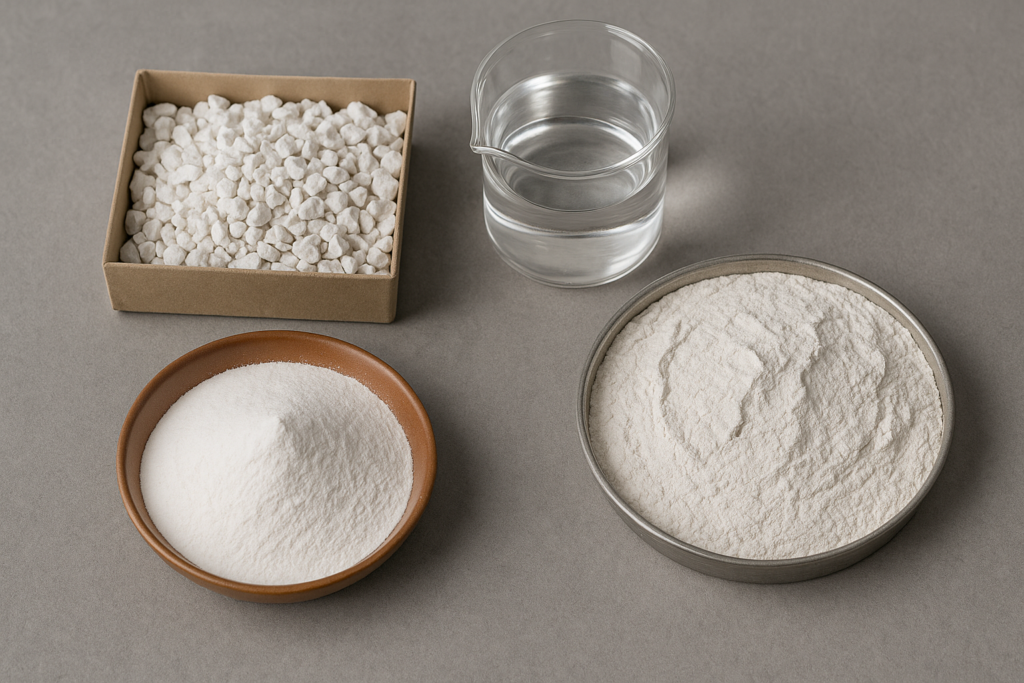
Creating an effective textured wall putty formula requires precise balancing of components. At Kehao, we've helped formulators across dozens of countries develop region-specific formulations that account for local climate challenges and available materials.
The foundation of any quality textured putty starts with the right grade of cement, typically Portland Type I, providing the basic strength and adhesion to the substrate. This is enhanced with precisely graded aggregates – not just any sand, but carefully selected particles with specific size distributions that create the desired texture pattern while maximizing durability.
Our hydroxypropyl methylcellulose (HPMC) plays a crucial role in these formulations, typically at 0.2-0.5% concentration. It dramatically improves water retention during application and curing, ensuring proper cement hydration even in hot, dry conditions. This prevents the rapid water loss that leads to cracking and poor adhesion in suboptimal formulations.
The redispersible powder component (typically 2-5%) transforms an ordinary cementitious mix into a high-performance coating by forming a polymer network throughout the matrix. This provides crucial flexibility, especially important in areas with significant temperature fluctuations or subtle building movement that would crack standard formulations.
For exterior applications, specialty additives like hydrophobic agents and UV stabilizers significantly extend coating life. Our clients in tropical regions like the Philippines and Vietnam have seen particularly dramatic improvements when incorporating these components, with service life extensions of 40-60% in high-humidity environments.
Functional Role of Key Components
| Component | Percentage | Primary Function | Secondary Benefits |
|---|---|---|---|
| Portland Cement | 40-60% | Binding strength | Alkalinity for mold resistance |
| Graded Silica | 20-30% | Texture formation | Abrasion resistance |
| HPMC | 0.2-0.5% | Water retention | Improved workability and adhesion |
| Redispersible Powder | 2-5% | Flexibility | Water resistance and adhesion |
| Calcium Carbonate | 10-15% | Cost reduction | Workability improvement |
| Pigments | 1-3% | Color | UV resistance (certain types) |
| Specialty Additives | 1-2% | Specific properties | Performance enhancement |
How to Apply Textured Wall Putty for Best Results?
Problem: Improper application techniques waste material, create unsightly finishes, and lead to premature failure, even with quality textured putty products.
Apply textured wall putty in temperatures between 10-35°C on clean, primed surfaces. Use a trowel to spread a 2-5mm layer, then create texture with specialized tools while still workable. Allow at least 24-48 hours curing before painting, with longer curing times in high humidity environments.
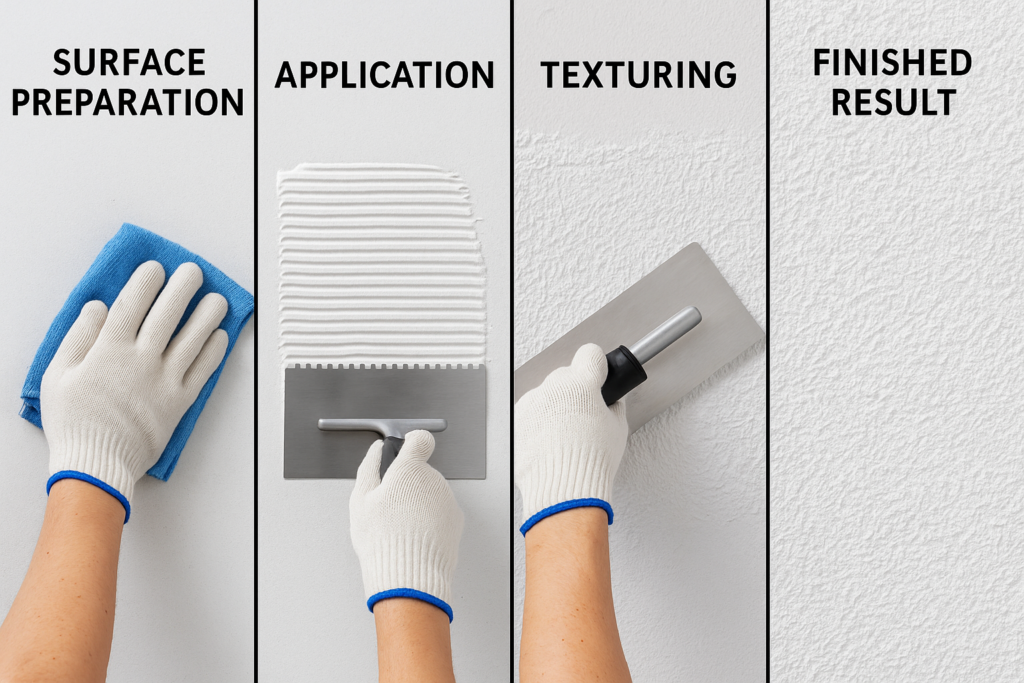
Proper application is just as important as using quality materials. I've seen beautifully formulated products fail simply because application guidelines weren't followed. When I visited a major project in Brazil last year, the contractor had ignored curing time recommendations and applied paint too soon, resulting in widespread delamination that required complete removal and reapplication.
Surface preparation makes or breaks textured putty applications. The substrate must be clean, stable, and appropriately primed. For older surfaces, we recommend pressure washing followed by repairs of any cracks or damages before applying a penetrating primer designed for exterior applications.
Mixing consistency dramatically impacts performance. Many applicators make the mistake of adding excessive water to improve workability, which severely compromises the final strength and water resistance. Our HPMC products are specifically designed to provide excellent workability without requiring excess water, maintaining the integrity of the formulation.
The environmental conditions during application are critical factors often overlooked. Application should ideally occur when temperatures remain between 10-35°C, with relative humidity below 80%. Most importantly, there should be no expected freezing temperatures for at least 48 hours after application. For applications in extreme climates, we provide specialized guidance for timing and protective measures.
The texturing technique itself requires proper training. Different tools create dramatically different finishes – trowels, brushes, sponges, rollers, and specialized texturing equipment all produce distinctive patterns. The timing of texturing is equally important – too early and the pattern will slump; too late and achieving the desired effect becomes impossible.
Application Process Summary
- Clean and repair the substrate
- Apply appropriate primer and allow full drying
- Mix textured putty according to manufacturer specifications
- Apply base coat at recommended thickness
- Create desired texture while material is workable
- Allow proper curing time based on environmental conditions
- Apply protective topcoats if specified
Conclusion
Textured wall putty1 transforms exterior walls by combining aesthetic appeal with superior durability. By understanding the right formulations and application techniques, you can dramatically extend the life of your building's exterior while creating distinctive visual appeal that stands out.
-
Explore the advantages of textured wall putty for enhancing exterior durability and aesthetics. ↩ ↩ ↩ ↩
-
Find out how HPMC enhances the performance of wall putty in construction. ↩
-
Explore the benefits of redispersible latex powder in improving coating flexibility and adhesion. ↩
-
Discover the recommended application thickness for achieving optimal performance with wall putty. ↩
-
Understand the effects of freeze-thaw cycles on building materials and how to mitigate them. ↩
